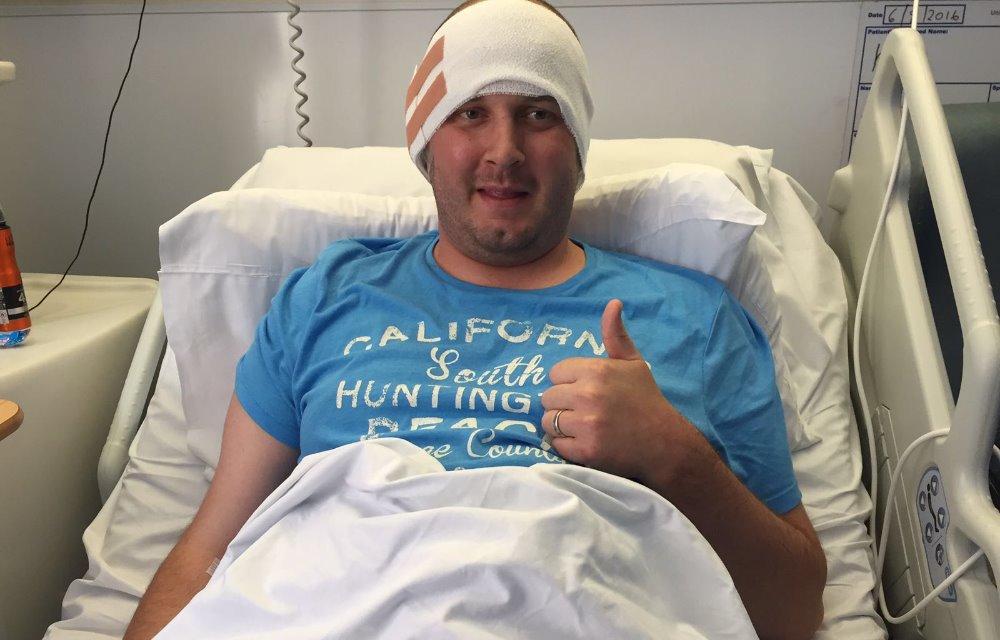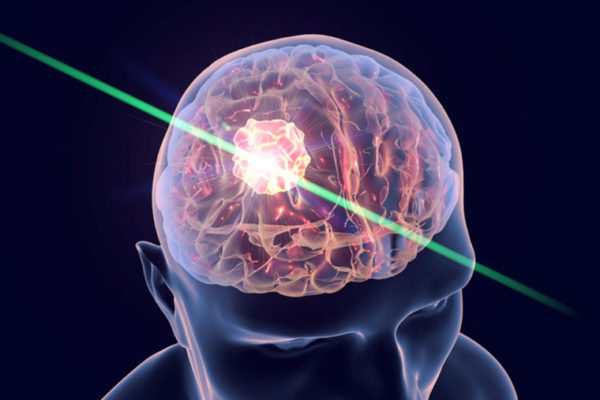
It includes different mathematical formalisms describing the forward tumor growth model. Alongside, various parametric inference schemes were developed to perform an efficient tumor model personalization, i.e. However, the unifying drawback of all existing approaches is the time complexity of the model personalization which prohibits a potential integration of the modeling into clinical settings. In this work, we introduce a deep learning based methodology for inferring the patient-specific spatial distribution of brain tumors from T1Gd and FLAIR MRI medical scans. Coined as Learn-Morph-Infer, the method achieves real-time performance in the order of minutes on widely available hardware and the compute time is stable across tumor models of different complexity, such as reaction-diffusion and reaction-advection-diffusion models. We believe the proposed inverse solution approach not only bridges the way for clinical translation of brain tumor personalization but can also be adopted to other scientific and engineering domains. Glioma Inverse modeling MRI Model calibration Physics-based deep learning Tumor modeling.Ĭopyright © 2022 Elsevier B.V. All rights reserved.In 1999, Al Lupiano says he was diagnosed with an acoustic neuroma, a type of benign brain tumor that grows on a nerve that runs from the brain to the inner ear.

He was successfully treated for it, though he has lingering side effects, including slight deafness, fatigue and dizziness. Last year, his wife, Michele Lupiano, was diagnosed with an acoustic neuroma and his sister, Angela DeCillis, was diagnosed with a glioblastoma, an aggressive brain tumor. As DeCillis’ health declined, Al Lupiano started wondering why the three of them had brain tumors. “We had talked about it from day one, that there’s something wrong here, and because of my sister’s background in medicine, she had said the same thing: ‘You need to figure this out. You have to find out if it’s something that’s going to affect my kids,’” Al Lupiano, 50, of Jamesburg, New Jersey, told TODAY.

“I was highly motivated to keep moving forward.” Brain tumor diagnosis within weeksĭeCillis started showing stroke-like symptoms and went to the hospital in August 2021. A scan revealed that she had a tumor on the left side of the brain that was 30 millimeters.

Doctors thought it was benign at first, but the pathology results indicated otherwise, Al Lupiano recalled. “It turned out that it was not benign, but it was a malignant glioblastoma, a very very aggressive cancer,” he explained.Īngela DeCellis and her husband, Matt, and their friend Andrea Hoffman.


 0 kommentar(er)
0 kommentar(er)
